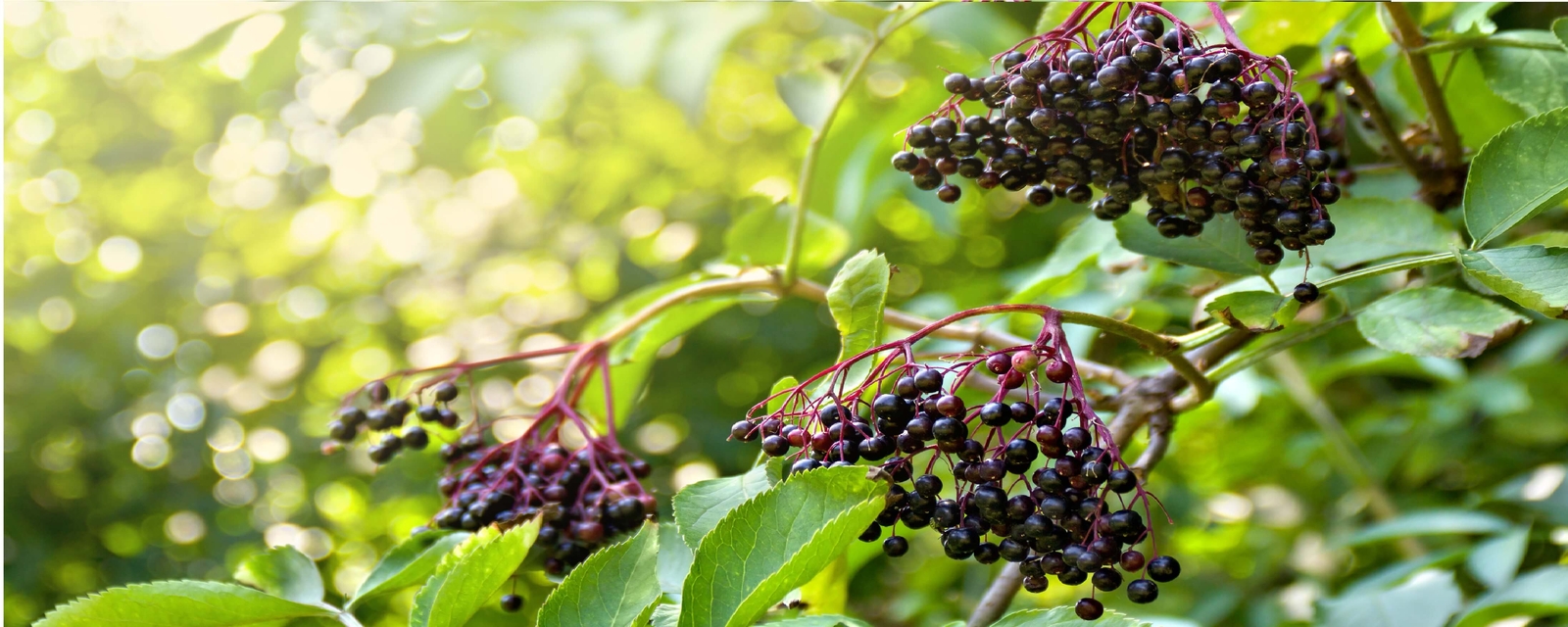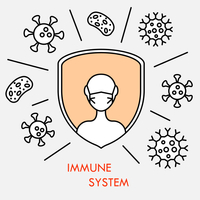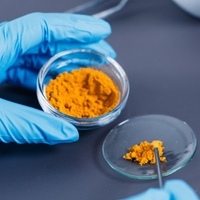
Elderberry (Sambucas spp) and Cytokine storm
Uses and properties
Elderberry has traditionally been used for the common cold and influenza. It is known for its diuretic, laxative and diaphoretic properties and for stimulating the immune function (1).
Other uses include (1)
|
|
|
|
|
|
|
|
|
|
|
|
Latest research
Concerns have been raised over the pro-cytokine effect of elderberry.
Limited evidence exists supporting the role of elderberry in inducing a cytokine storm. Evidence is based on two small in vitro studies with conflicting results.
Cytokine storms are associated with a wide variety of infectious and non-infectious diseases. The term was popularised largely in the context of avian H5N1 influenza virus infection (2).
Cytokines ![]() play an important role in normal immune responses, but a severe overproduction of cytokines
play an important role in normal immune responses, but a severe overproduction of cytokines ![]() in the blood can be harmful. Signs and symptoms include high fever, inflammation (redness and swelling), severe fatigue and nausea. Cytokine storms can sometimes be severe or life threatening and lead to multiple organ failure.
in the blood can be harmful. Signs and symptoms include high fever, inflammation (redness and swelling), severe fatigue and nausea. Cytokine storms can sometimes be severe or life threatening and lead to multiple organ failure.
A small in vitro study showed that the studied elderberry extracts increased the production of both inflammatory and anti-inflammatory cytokines ![]() (3).
(3).
Other research showed elderberry’s modulatory effect. The results of an in vitro study found that elderberry has anti-inflammatory potential based on the reduction of both inflammatory cytokines ![]() , expression of NF-kB and the up-regulation of IL-10, an anti-inflammatory mediator (4). One of the main components of elderberry (S. australis Cham. & Schltdl) is ursolic acid (UA). UA is a pentacyclic triterpene with antitumor and anti-inflammatory activity due to the inhibitory effect on NF-κB activation. It also has antioxidant and antibacterial effects. This study proposes S. australis Cham. & Schltdl may have immunomodulatory effect due to the presence of UA (4).
, expression of NF-kB and the up-regulation of IL-10, an anti-inflammatory mediator (4). One of the main components of elderberry (S. australis Cham. & Schltdl) is ursolic acid (UA). UA is a pentacyclic triterpene with antitumor and anti-inflammatory activity due to the inhibitory effect on NF-κB activation. It also has antioxidant and antibacterial effects. This study proposes S. australis Cham. & Schltdl may have immunomodulatory effect due to the presence of UA (4).
Summary
To date, there is no strong evidence that elderberry can cause cytokine storm syndrome in humans.
It is important to note that elderberry has not been evaluated for the treatment or prevention of COVID-19.






